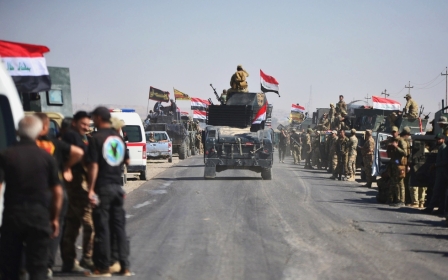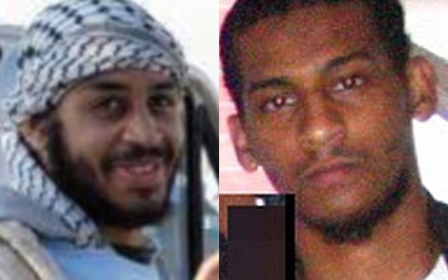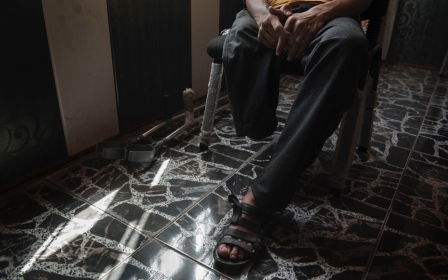KRG accused of mass executions of suspected IS militants

Security forces loyal to the Kurdish Regional Government carried out mass executions of suspected Islamic State fighters in its custody near Mosul, at the height of its campaign against the militant group.
Human Rights Watch said it had new evidence that showed members of the Asayish security force killing at least 100 suspected IS militants under its custody and burying them in two mass graves.
The rights group said that the Asayish force's actions of killing individuals in its custody could amount to war crimes.
Some of the suspected IS fighters allegedly died from the cold after being loaded into large refrigerator trucks by the Asayish and kept there for seven hours.
Other suspected militants suffocated to death after being thrown into a mass grave.
And suspected fighters were shot dead and buried in the mass graves, alongside other suspected militants who were still alive, according to testimony given by residents to HRW.
The evidence suggests that Asayish security forces conducted mass executions of captured ISIS suspects night after night for a week, perhaps killing scores or even hundreds of male detainees
- Lama Fakih, HRW
Based on satellite imagery, visits to the alleged mass grave sites, and testimony from a retired KRG security member and residents, the rights group claimed that the mass executions took place between August and September 2017.
Nadim, a retired KRG security force member, told HRW that Asayish members he was in regular contact with confirmed to him that they took part in the executions.
The retired fighter claimed that in August 2017, a friend of his in the Asayish said that he and other KRG fighters had taken about 80 detainees suspected of being affiliated with IS from the Shilga prison in northern Iraq, and had executed them outside the village of Tal Ahmad Agha al-Kabir.
Other suspected IS fighters killed by the Asayish were executed outside the village of Bardiya, according to Nadim.
Photographic evidence from social media and another witness statement also "partially" corroborated Nadim's statement.
Researchers from HRW also analysed video and photographic evidence, including geotagged photos of bodies and satellite imagery showing the apparent mass grave was created between July and September 2017 by bulldozers.
They also interviewed locals who supported the claims made by Nadim and said that they saw Kurdish forces drive through the area with two large white refrigerator trucks.
Lama Fakih, deputy Middle East director at Human Rights Watch, urged the KRG to investigate the claims and "hold those responsible to account."
"The evidence suggests that Asayish security forces conducted mass executions of captured ISIS suspects night after night for a week, perhaps killing scores or even hundreds of male detainees," Fakih said in a statement.
New MEE newsletter: Jerusalem Dispatch
Sign up to get the latest insights and analysis on Israel-Palestine, alongside Turkey Unpacked and other MEE newsletters
Middle East Eye delivers independent and unrivalled coverage and analysis of the Middle East, North Africa and beyond. To learn more about republishing this content and the associated fees, please fill out this form. More about MEE can be found here.




